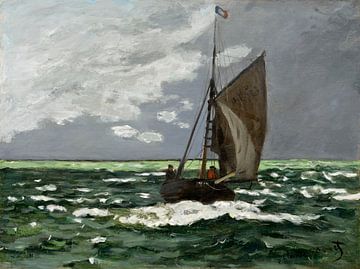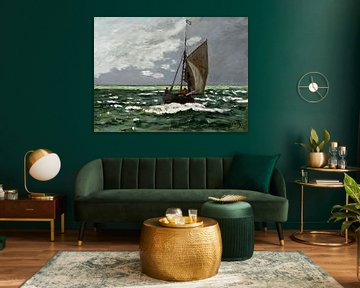Chez Art Heroes, nous ne produisons pas de série et ne constituons pas de stocks, mais réalisons uniquement à la demande. Votre œuvre d'art est réalisée avec passion par des artisans hautement qualifiés et est en moyenne prête à être expédiée en 7 jours ouvrables. Vous pouvez espérer recevoir votre/vos œuvre(s) dans un délai de 7 à 9 jours ouvrables. Les détails sur la date de livraison exacte seront envoyés après le placement de la commande.
Votre commande est un cadeau pour quelqu'un ? Nous pouvons vous créer un bon cadeau qui affiche la ou les illustrations que vous avez commandées, afin que vous ayez quelque chose à offrir pendant que les illustrations sont imprimées. Envoyez-nous simplement un e-mail et nous nous en occuperons.












